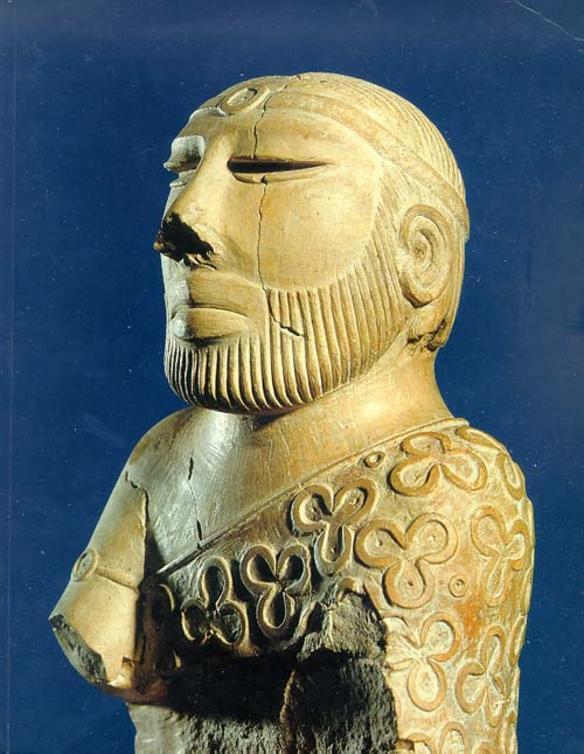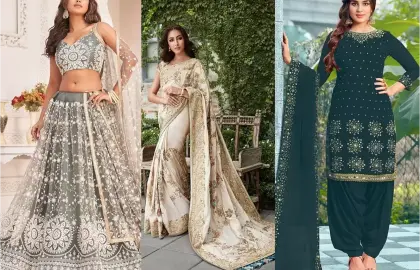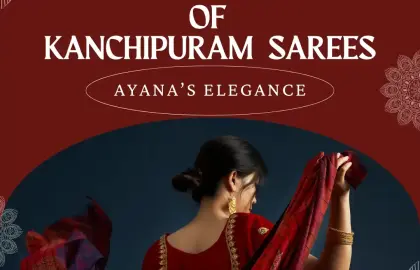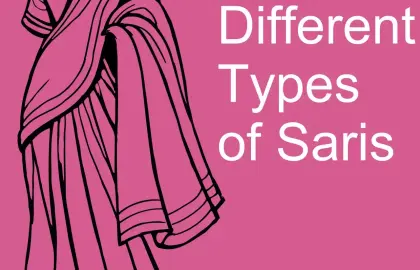The History of the Saree – Tradition and Elegance Through the Ages
The saree is more than just a garment; it is a symbol of the rich culture and tradition of South Asia. For thousands of years, the saree has been worn in India and surrounding regions, evolving into a symbol of feminine grace and beauty. In this comprehensive article, we delve into the fascinating history of the saree, its cultural significance, and the various styles that have emerged over the centuries.
Origins of the Saree
The history of the saree dates back to the Indus Valley Civilization (c. 2800-1800 BCE). Archaeological finds from this period, such as the famous sculptures from Mohenjo-Daro, depict women in long garments resembling early forms of the saree.

The Saree in Vedic Times
In Vedic texts and epics such as the Mahabharata, the saree is mentioned several times. These ancient writings provide insight into the earliest forms of the saree and its symbolic meaning in society at the time. The saree was a simple piece of cloth elegantly draped around the body to maintain decorum and elegance.
The Saree in Ancient India
During the Maurya and Gupta dynasties (c. 322 BCE – 550 CE), the saree continued to evolve. Women often wore finely woven sarees made of cotton and silk, adorned with intricate patterns and embroidery. This era saw a flourishing of textile arts and trade in high-quality fabrics.

The Saree in the Mughal Era
The Mughal era (c. 1526–1857) brought significant changes in Indian fashion and culture. Influenced by Persian culture, sarees became more elaborate and luxurious. The use of heavy silk fabrics, rich embroidery, and precious embellishments became popular.

The Saree in British Colonial Times
During the British colonial period (c. 1858–1947), traditional Indian garments, including the saree, underwent a transformation. European influences introduced new styles and materials into Indian fashion. At the same time, the saree became a symbol of resistance and national identity, especially during the independence movement.
Modern Developments and Global Influence
In the 20th and 21st centuries, the saree has continued to evolve and is now worn both traditionally and modernly. Designers worldwide have reinterpreted the saree, integrating it into international fashion. Celebrities and fashion icons wear the saree on global stages, highlighting its popularity and versatility.

The history of the saree is a fascinating reflection of the cultural and historical changes in South Asia. From ancient India to the modern global fashion world, the saree has maintained its elegance and symbolic meaning. It remains a living testament to the craftsmanship and cultural diversity of the region.









